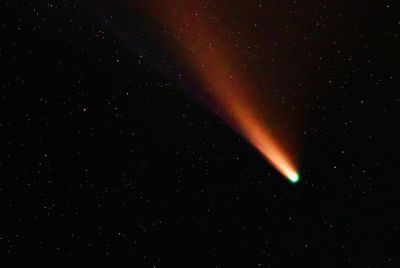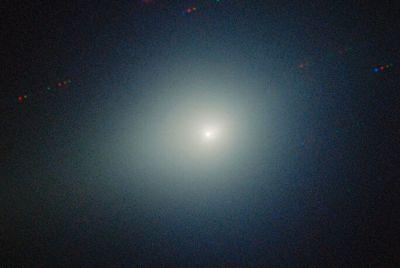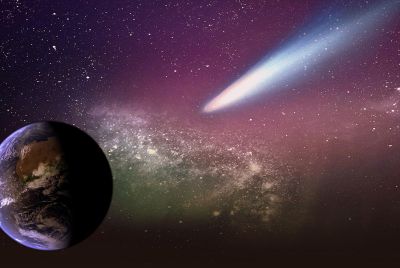3I/ATLAS Update: NASA Confirms It's Rich in Carbon Dioxide—But Why?
NASA's JWST reveals 3I/ATLAS has one of the highest CO₂ levels ever seen in a comet
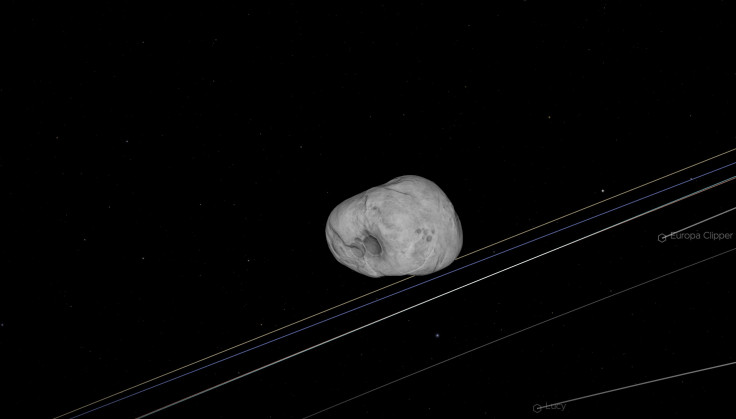
The interstellar object 3I/ATLAS is forcing scientists to rethink our understanding of comet formation.
Unlike typical comets in the Solar System, its coma—its cloud of gas and dust—is unusually dominated by carbon dioxide (CO₂).
Recent spectroscopy by the James Webb Space Telescope (JWST) and SPHEREx shows a CO₂-to-H₂O mixing ratio near 8:1, one of the highest ever recorded.
This odd chemistry raises profound questions: where did this object come from, and how did it acquire such a rare composition?
What Makes Its Coma So CO₂-Rich?
Observations from JWST on 6 August 2025 found that 3I/ATLAS's coma has a CO₂/H₂O mixing ratio of about 8.0 ± 1.0, making it a clear outlier.
Meanwhile, SPHEREx detected a massive CO₂ gas cloud extending at least 348,000 km from the nucleus.
Key possibilities:
- The nucleus formed beyond the CO₂ ice line in its home system, where CO₂ ice is far more abundant than water ice.
- It has endured extreme radiation or thermal processing that stripped away more volatile ices (like water, CO), leaving a high-CO₂ surface layer.
- Its unusual chemistry hints at a radically different formation environment than that of Solar System comets.
It will make its closest approach to the Sun around 30 October 2025 at about 1.4 AU (roughly 210 million kilometres).
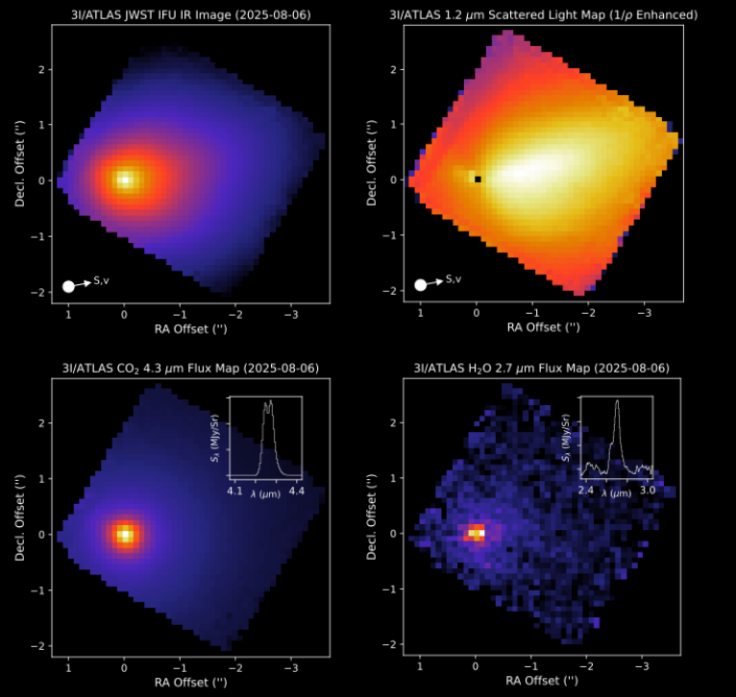
As one analysis put it: 'An intrinsically CO2-rich nucleus ... may indicate that 3I/ATLAS contains ices exposed to higher levels of radiation than Solar System comets, or that it formed close to the CO₂ ice line in its parent protoplanetary disc.'
Why This Changes What We Know About Comets
Comets in our Solar System typically outgas water, CO, and CO₂ in different proportions as they near the Sun. 3I/ATLAS defies that pattern.
Its hyper-velocity, hyperbolic orbit confirms it is interstellar, not bound to the Sun.
With its CO₂ dominance, scientists can probe:
- How planet- and comet-forming discs vary between star systems
- Whether icy bodies ejected into interstellar space evolve differently
- How radiation exposure affects volatile retention
It forces us to expand the diversity of comet chemistry beyond Solar-centric models.
What This Tells Us About Its Origins
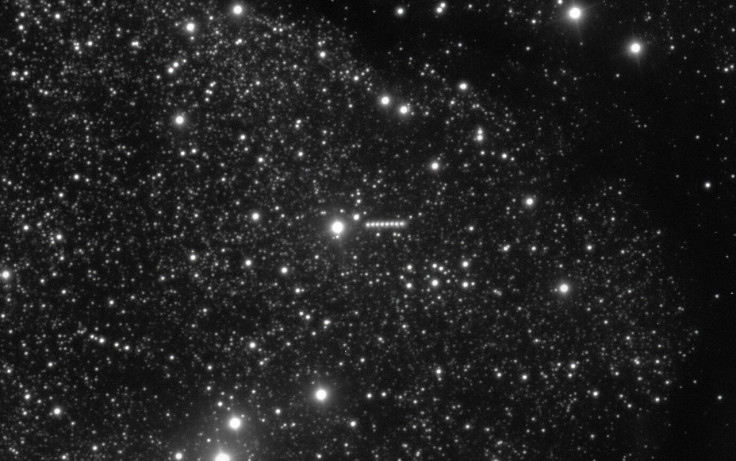
Comets in our Solar System typically outgas water, CO₂ and CO, depending on their distance from the Sun and thermal history. A high CO₂ ratio suggests a history markedly different from that of typical comets. One strong hypothesis is that 3I/ATLAS formed in a cold region of its parent system, where CO₂ froze out farther from its star, and was later ejected into interstellar space.
Another possibility is that the object has been extensively processed by cosmic radiation or thermal cycling, stripping away more volatile ices like CO and H₂O and leaving behind a CO₂-rich mantle.
What We Still Don't Know
While composition is becoming clearer, several significant questions remain:
- The nucleus size is uncertain—estimates vary, with an upper limit of ~5.6 km in diameter.
- Exactly how far from its parent star it formed, and under what conditions (metallicity, radiation, temperature).
- How its future activity will evolve as it approaches perihelion (~1.4 AU to Sun in October 2025).
- 3I/ATLAS is still a mystery in motion, with each new observation overturning earlier expectations.
Furthermore, 3I/ATLAS lacks a prominent dust tail in early observations. This is another clear departure from many comets in the Solar System and may be related to the characteristics of its outgassing activity or the composition of its material.
Why Scientists Are Watching Closely
This object offers a rare opportunity to study material from beyond our Solar System, essentially a frozen time capsule of another planetary formation environment. Its extreme CO₂ richness raises fresh questions:
- Did it originate in an icy, CO₂-dominated region of its home system?
- Has it undergone unique processing that stripped out water and other volatiles?
- What does this tell us about the diversity of planet-forming systems elsewhere?
The combined observational power of SPHEREx, JWST and ground-based telescopes means astronomers hope to unravel these mysteries before the object disappears back into interstellar space.
3I/ATLAS may be fleeting, but it is delivering lasting scientific value. Its unusually high CO₂ content, deep irregularities and interstellar origins make it a standout among comets.
Whether it ultimately rewrites our understanding of comet-formation or expands the spectrum of what's possible, one thing is clear: the Solar System's door has been awoken by something extraordinary.
As the object continues its departure, scientists will keep their telescopes fixed and their expectations high. The secrets it carries might help us answer larger questions about how planetary systems form and just how varied they can be.
Conclusion
The case of 3I/ATLAS carbon dioxide dominance marks a pivotal moment in comet science. This interstellar visitor doesn't just provide a sneak peek into another star system—it forces reassessment of how volatile ices form, survive and evolve across the galaxy.
As more data pours in, scientists hope not only to decode its origin but also to rewrite the rulebook of planetary building blocks. What secrets might this cosmic outsider hold for our understanding of worlds beyond the Sun?
© Copyright IBTimes 2025. All rights reserved.










